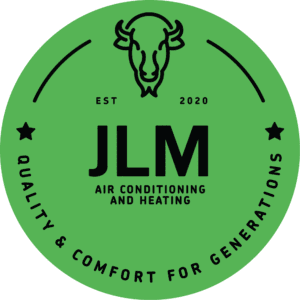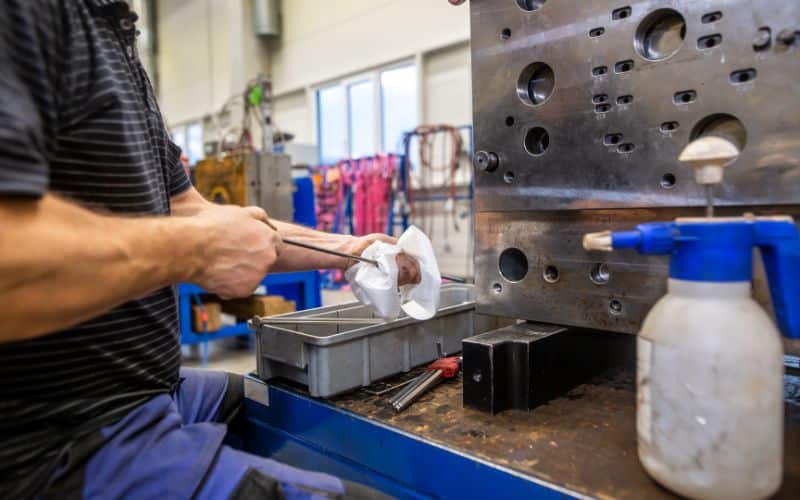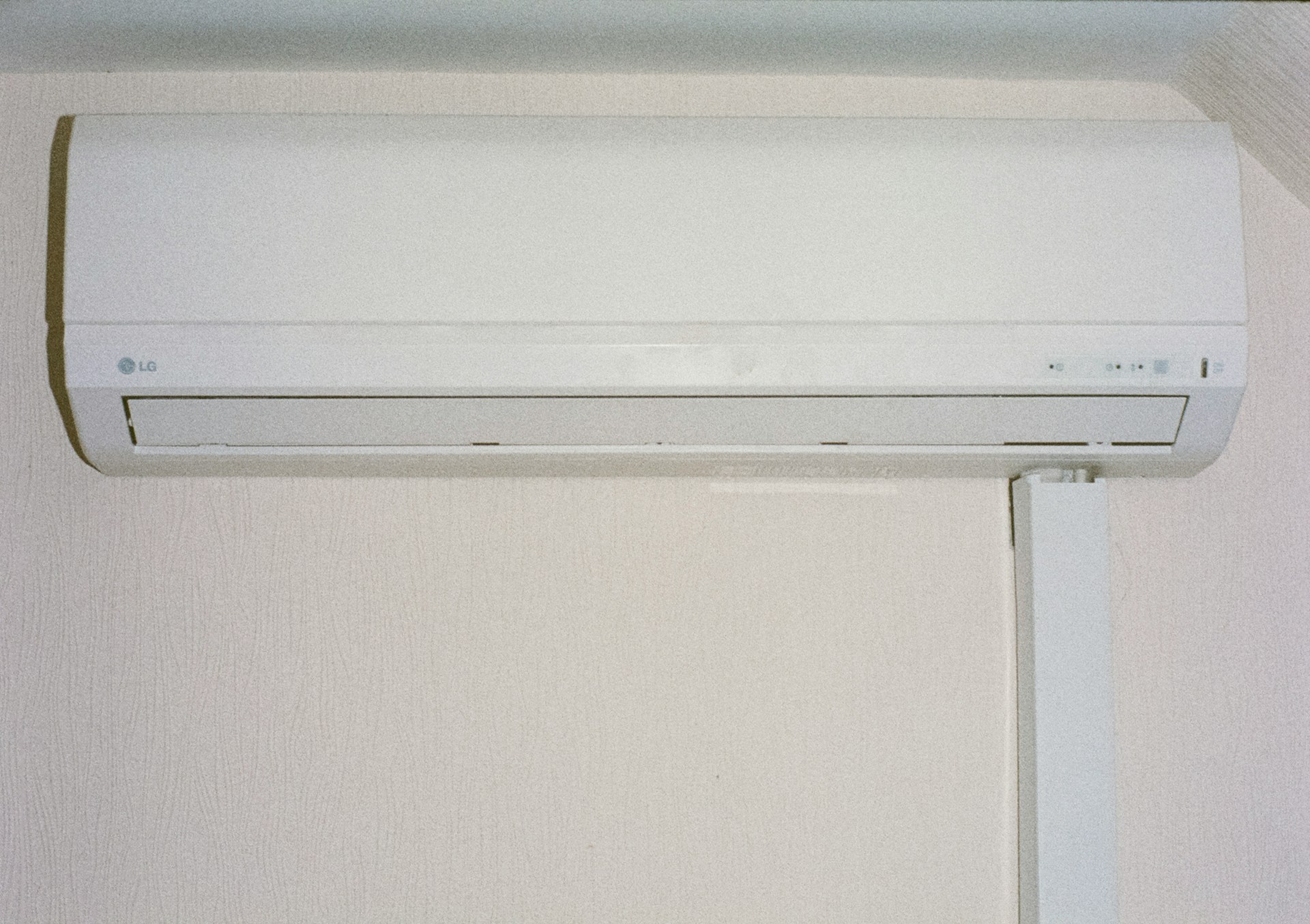Let me tell you something: I was one of those who used to think mold only grows on wood, fabric, or drywall. You know the soft, organic materials. So, when I saw black spots on a metal vent in my home, I was shocked. I thought, “Can mold grow on metal? That’s not possible… right?” Wrong. Turns out, mold on metal is a real thing. Yes, mold can grow on metal, and I learned that the hard way. If you’re noticing weird smells or spots in your home, especially in damp places, it’s time to understand what’s going on. Let’s break it down.
So… Does Mold Grow on Metal?
If you have the same question in your mind, here’s the short answer: Yes, mold grows on metal, under the right conditions.
But here’s the plot twist.
Metal surfaces, especially ones like stainless steel or aluminum, aren’t mold’s favorite hangout. They’re non-porous and don’t give mold much to feed on. But if there’s dust, dirt, or excess moisture on the surface, guess what? Mold spores will find a way.
So there’s one thing to be clear:
- Will mold grow on metal? → Yes.
- Can mould grow on metal? → Absolutely.
- Can black mold grow on metal? → Unfortunately, yes.
What Does Mold on Metal Look Like?
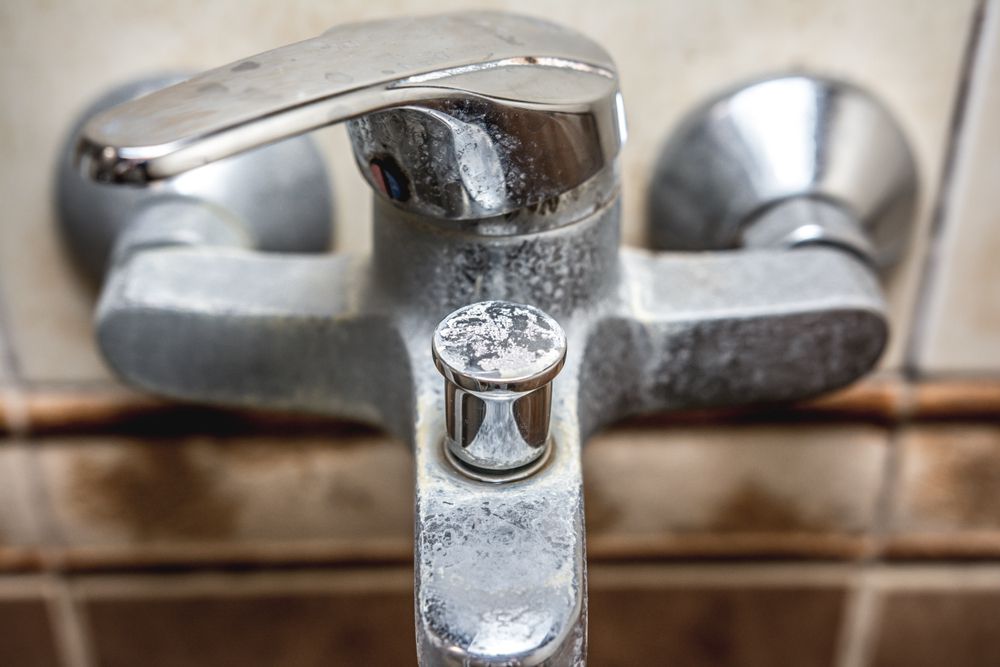
Credit: treehugger.com
When I found mold in my vents, it didn’t look like the typical fuzzy green stuff. Instead, it looked like:
- Black smudges
- Small gray or dark spots
- Dull discoloration, almost like soot
- In some cases, even white mold
If you’re asking, “What does mold on metal look like?” the answer is: it varies. But if it doesn’t wipe away easily or keeps coming back, it’s probably mold growth.
One day, suddenly, I spotted black mold on metal around the edges of my air vents and a little near my AC drain pan, classic damp areas where mold spores like to settle.
Why Does Mold Grow on Metal?
I think it’s time to talk about the “Why” part.
Can metal mold? Well, not exactly. The metal itself doesn’t mold, but mold can grow on metal when the conditions are just suitable for its growth. Here’s what triggers it:
- Moisture: You should know that metal gets condensation, especially in humid climates or near cold air. That moisture invites mold problems.
- Dust or debris: Well, even a thin layer of dirt can act as food for mold.
- Poor ventilation: People, you are doing something wrong if you are ignoring proper ventilation, as dampness lingers and mold grows.
- Lack of maintenance: Dirty vents or HVAC parts create an ideal environment for mold in your home.
Even in steel buildings, mold on metal surface areas is common near windows, pipes, or cooling systems where condensation forms.
Is Mold on Metal Dangerous?
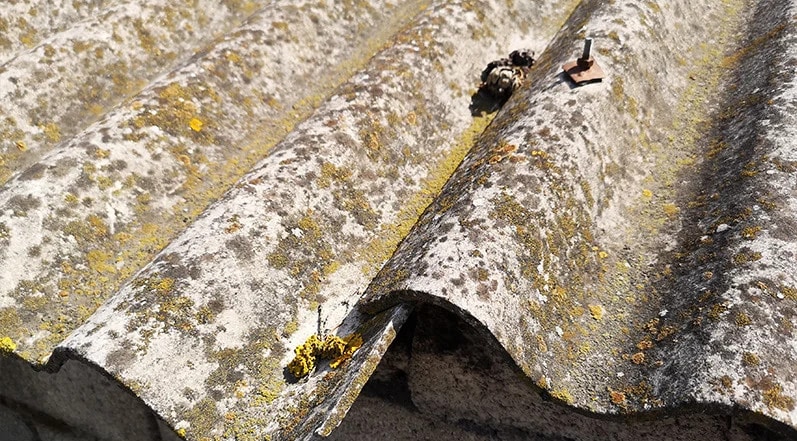
Credit: colonyroofers.com
The simple answer is yes, just because it’s on a metal surface doesn’t make it safe.
If you’re thinking, “It’s not wood or fabric, so I’m probably fine,” think again.
Black mold and other types of mold can still release spores into the air. Breathing that in can cause:
- Allergic reactions
- Breathing trouble
- Headaches and fatigue
- Weakened immune systems
So, whether it’s black mold on metal or white mold in your AC, it can affect your health, especially for kids, seniors, or those with asthma.
How to Remove Mold From Metal?
Believe me, you are wrong if you simply think that wiping away the mold does the job. When I found mold on my vents, I didn’t just wipe it and hope for the best. Here’s what actually works:
Scrub It Down
The first hack you could try is using white vinegar or hydrogen peroxide. These are great for killing mold without harsh fumes. Avoid bleach; it doesn’t penetrate and can actually make the problem worse.
Dry the Area
Dampness = Mold Growth
Moisture is mold’s best friend. Dry the metal surface completely using fans or towels.
Clean Surrounding Areas
If you see mold on one part of the metal, check nearby walls, vents, and ducts. Spores spread, and you might have more than you think.
Fix the Source
This step is really very important. Seal leaks, insulate pipes, and improve airflow. Prevent mold by controlling excess moisture and keeping areas dry.
Call a Pro if Needed
For larger problems and infestations, especially if there’s mold in your home’s HVAC system, don’t risk your health. Schedule mold inspections and professional removal. This is where we kick in with all our expertise. Our experts specialize in mold inspections, removing every bit of it to make sure every surface stays polished. Schedule a call with us now or explore JLM services.
How to Prevent Mold on Metal?
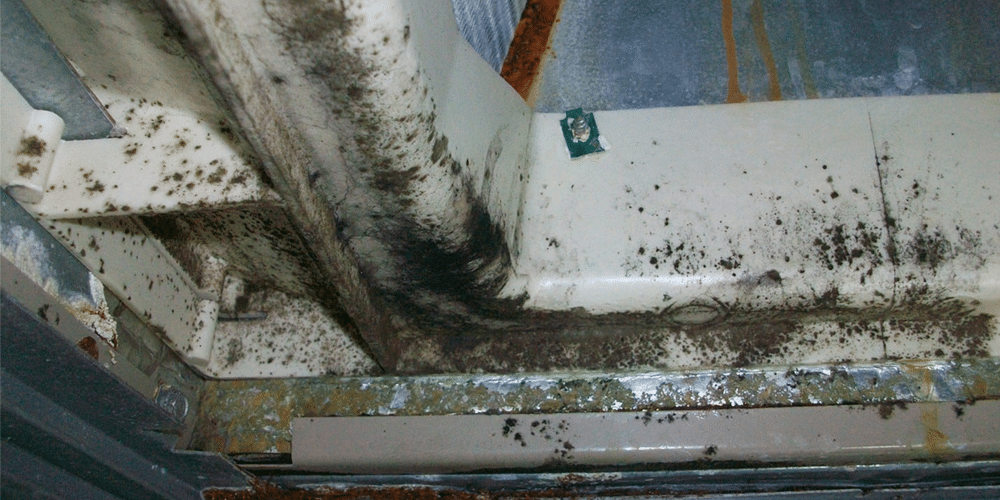
Credit:preair.com
I’ve made a few changes that now keep mold far away from my metal surfaces. Here’s what helps:
- Run a dehumidifier in humid areas
- Use exhaust fans in bathrooms and kitchens
- Wipe down metal after cleaning or spills
- Check for leaks around vents and windows
- Schedule regular HVAC maintenance
Keep dust and dirt off metal surfaces
Prevention is easier (and cheaper) than removal. Small habits go a long way in keeping mold growth under control.
Ending Remarks
So, what did we learn? can mold grow on metal? Yes, it can. And while metal doesn’t feed mold like wood or fabric, it still gives it a place to stick, especially in damp areas.
Now that you know what to look for, how to clean it, and how to stop it from coming back, you’re one step ahead.
Got a problem you can’t handle? Don’t stress. Call in a pro like our experts for a proper clean-up, and you’ll breathe easier. We make sure that you are stress-free in no time. Explore our services now.
